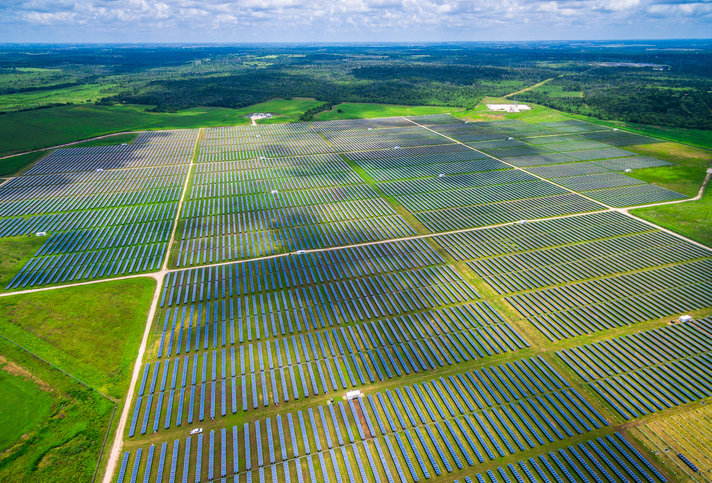As Texas is subjected to another sweltering heat wave, people have nervously watched the state’s power grid, in hopes it will hold up as tripe-digit days continue on. Under the blazing sun, the state has produced significant amounts of electricity from solar panels to help avoid shortfalls.
The heat has pushed demands for power to new records,, topping 81,000 megawatts on Tuesday, but the state’s grid operator as only requested that residents lower their power use one day during the heat wave, when electricity from wind and power plants that use coal, nuclear or natural gas fell short of their past output.
Solar power provided nearly 20% of the Texas power needs on Tuesday before demand reached a new high.
A so-called “heat dome” has settled over the state, meaning an area of high pressure sits above while the area bakes, Houston-based meteorologist Matt Lanza said. This means June hasn’t been very windy.
Some 16,800 megawatts of solar power could be produced on the state grid as of the end of May, compared with 2,600 in 2019, according to data from the grid operator, the Electric Reliability Council of Texas.
Aaron Zubaty, chief executive officer of clean energy investment company Eolian, said solar power correlates with Texas’ hot, sunny days. But like any power source, solar has limits, it can’t produce power 24 hours a day.
The time with the most energy consumption is when people get home from work, turn their air conditioner up, turn on the tv, do laundry or cook. Most of these occurring as the sun is setting and solar power production drops.
Texas Rising Solar Infrastructure
Experts have predicted that Texas will add more large-scale solar power plants in the coming years than any other state. A recent Solar Energy Industries Association and Wood Mackenzie report forecasts that Texas will install enough infrastructure to produce nearly twice as much new solar power as California between 2024 and 2028.
This growth could catapult Texas closer to challenging California’s rank as the nation’s top solar producer. Texas is currently second.








